Artificial intelligence has shown that it can be helpful in every field, including learning. However, many people still don't know that it can play a big role in transforming E-learning. Before the birth of technology, students used the traditional method to study. Earlier on, students started using the internet to study.
However, AI has completely transformed the pattern of online learning. Additionally, it is not only for students. It is extremely helpful for teachers as well. Now, you must be curious how. This article will discuss five ways artificial intelligence is transforming e-learning. If you want to understand, keep reading!
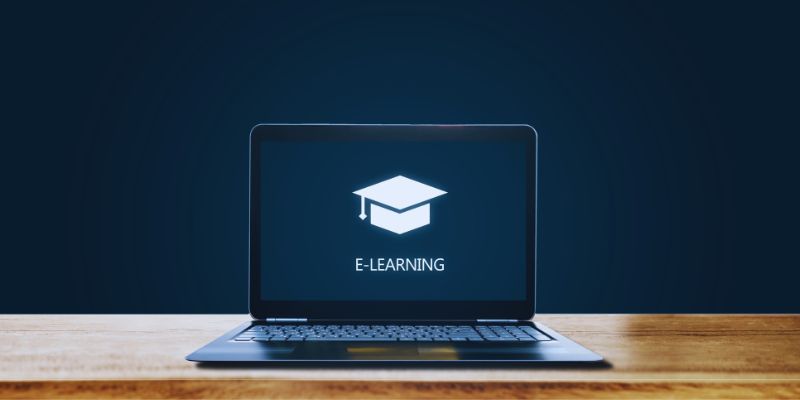
Here are five simple ways in which AI is helping transform e-learning with tools for both general and specific tasks:
One of the things computers are good at is analyzing large amounts of data quickly. It is something that can be hard for humans to do. In e-learning systems like Moodle, a lot of data is generated daily. It includes student logins, quiz scores, time spent on activities, and more. It can be overwhelming for teachers and school staff to look through all this data and find useful information. For this purpose, Artificial intelligence is very helpful. AI can quickly find patterns and trends in the data. Teachers can then use the information to take the right steps.
Additionally, an AI system can monitor student activity and send alerts if someone falls behind or misses classes. It would help teachers notice issues early and support students before things worsen. In this way, AI can make online learning better and more supportive for everyone.

Artificial intelligence is becoming an important part of education. It is helping students reach their full academic potential. One exciting development is "smart content." It means digital content created by AI that is similar in quality to what professional writers can produce. Smart content is already being used in classrooms. It includes things like online video lectures and video calls. It makes learning more flexible and interactive. AI is also helping turn old-fashioned textbooks into digital formats. AI is used to make these new digital books that are made of school syllabuses. One example is Cram101, which uses AI to break down textbooks into easier parts with chapter summaries and practice tests. It makes studying quicker and more effective. Another tool is Netex Learning, which lets teachers build online lessons and share them on different devices. It includes helpful features like videos, audio, and virtual help. It makes e-learning more fun and easier to understand.
Have you noticed how Netflix gives you suggestions based on what you like? The same idea is now being used in schools through artificial intelligence. In the past, school lessons were designed for the average student. This way, high-performing and struggling students are left without the needed support. But with AI, learning can be personalized for each student. AI helps teachers give better support by adjusting classwork and exams to fit each student's learning level. It means every student can get help based on their strengths and weaknesses. AI also gives quick feedback, which is important for learning. Students can now get faster and more helpful answers from teachers through AI-powered apps. Teachers can also use AI to create short and smart study guides. AI tools like Carnegie Learning act like digital tutors. It gives students one-on-one support. AI will continue to improve education and make learning more personalized for everyone.
In many parts of the world, students still lack qualified teachers to help them learn properly. Online courses, like MOOCs, have enabled people everywhere to join virtual classrooms. However, students can struggle to learn without proper support or guidance. It is where artificial intelligence can help. AI can guide students in a more personalized way, giving them the right lessons based on their needs. One big advantage of AI is that it's available 24/7, unlike human teachers. It can also help thousands of students at the same time. However, AI cannot fully replace real teachers, but it can still provide important support. AI is great for students in areas where good schools or teachers are unavailable. Students can ask questions anytime and get help when they are stuck. In short, AI can fill the learning gap and make education more available to everyone.
There has been a lot of talk about how AI might affect jobs in different fields. However, teaching is one of the few jobs less likely to be fully replaced. A 2023 study by the World Economic Forum found that only 1.4% of education jobs are at risk of being automated. That’s because teaching needs real human connection, care, and guidance. However, AI can still change how teaching is done. Many teachers say they spend too much time on paperwork and admin tasks, leaving them less time to focus on students. AI can help by taking over routine jobs, like grading or organizing schedules. It gives teachers more time to do what they do best. AI will not replace teachers, but it can help them work better. It makes learning easier and more efficient for students and teachers.
AI in education is not here to replace teachers. It is here to support them. By using AI tools, we can make learning more personal, flexible, and easy. Students can get help based on their own needs. Teachers can spend more time teaching. AI can also handle boring and time-consuming tasks like checking tests or keeping track of class schedules. Even though this technology is still growing, it's already showing amazing results in improving e-learning. AI is opening doors to new ways of teaching and learning, from smart content and virtual tutoring to early warnings for struggling students.
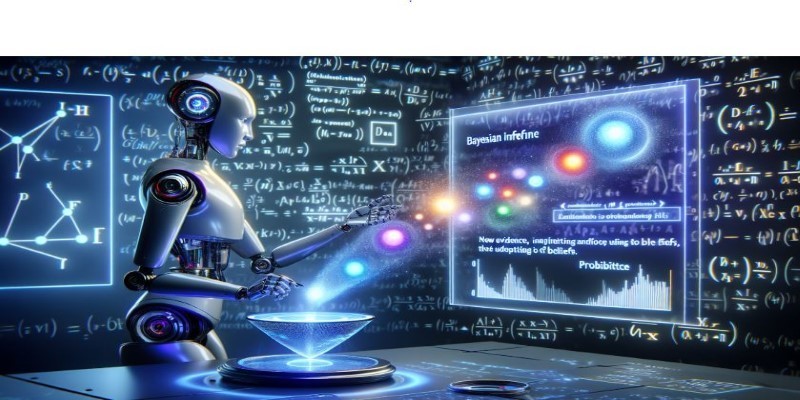
Explore the role of probability in AI and how it enables intelligent decision-making in uncertain environments. Learn how probabilistic models drive core AI functions

How AWS Braket makes quantum computing accessible through the cloud. This detailed guide explains how the platform works, its benefits, and how it helps users experiment with real quantum hardware and simulators
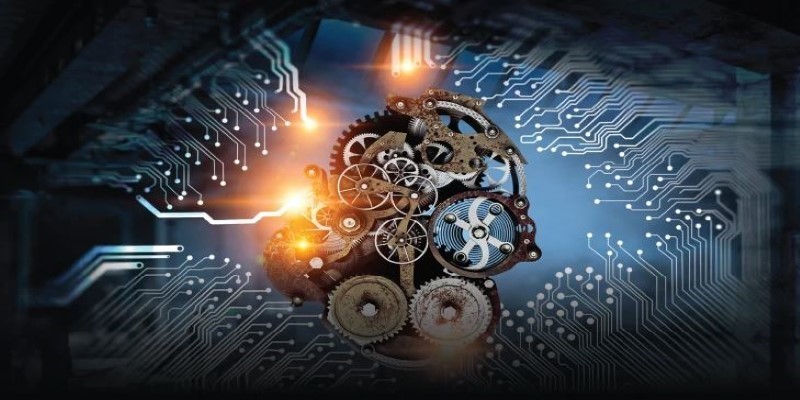
Understand how transformers and attention mechanisms power today’s AI. Learn how self-attention and transformer architecture are shaping large language models

Learn how to lock Excel cells, protect formulas, and control access to ensure your data stays accurate and secure.
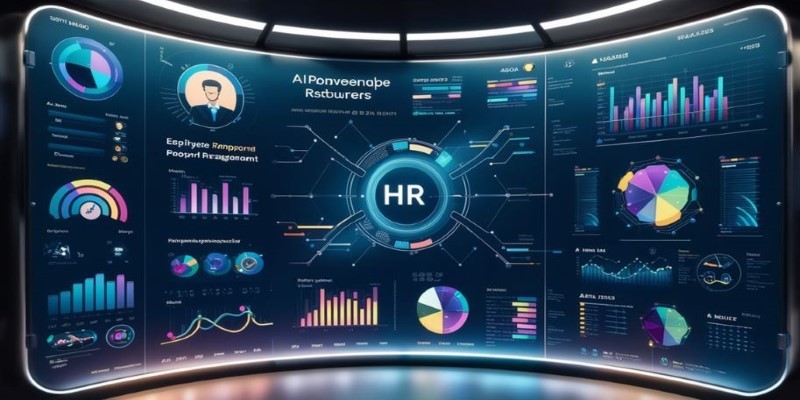
How AI-powered HR and recruitment tools are transforming hiring processes with faster screening, smarter candidate selection, and improved employee retention strategies for modern businesses

Boost your Amazon sales by optimizing your Amazon product images using ChatGPT. Learn how to craft image strategies that convert with clarity and purpose

AI changes the workplace and represents unique possibilities and problems. Find out how it affects ethics and employment
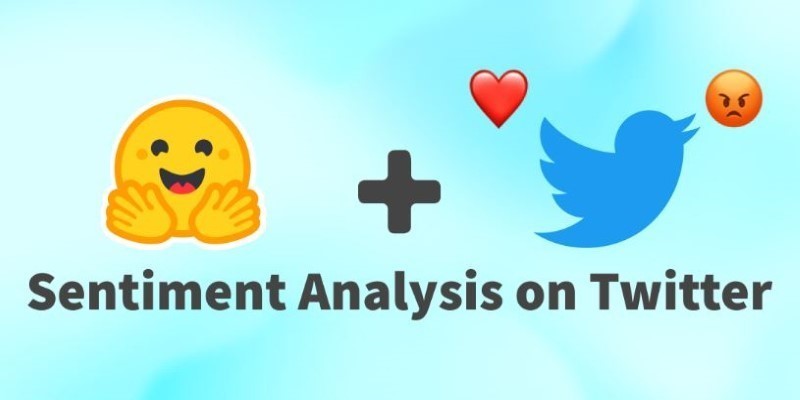
How to get started with sentiment analysis on Twitter. This beginner-friendly guide walks you through collecting tweets, analyzing sentiment, and turning social data into insight

How to visualize proteins using interactive, AI-powered tools on Hugging Face Spaces. Learn how protein structure prediction and web-based visualization make research and education more accessible

How the AI Hotel Planned for Las Vegas at CES 2025 is set to transform travel. Explore how artificial intelligence in hospitality creates seamless, personalized stays for modern visitors

AI in Agriculture is revolutionizing farming with advanced crop monitoring and yield prediction tools, helping farmers improve productivity and sustainability
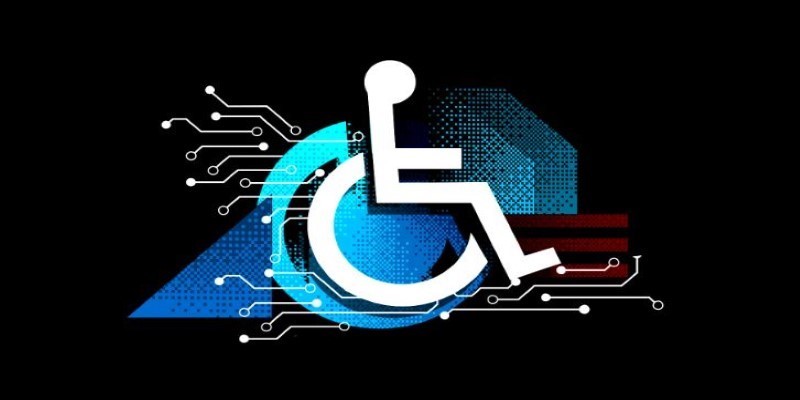
AI for Accessibility is transforming daily life by Assisting People with Disabilities through smart tools, voice assistants, and innovative solutions that promote independence and inclusion